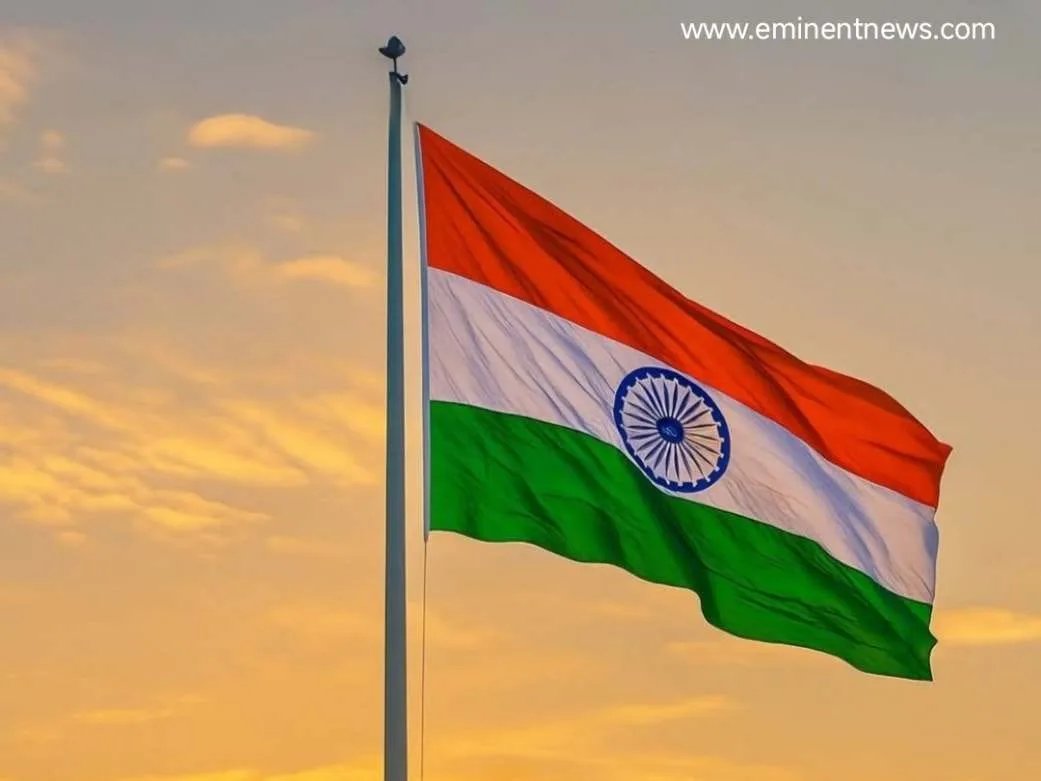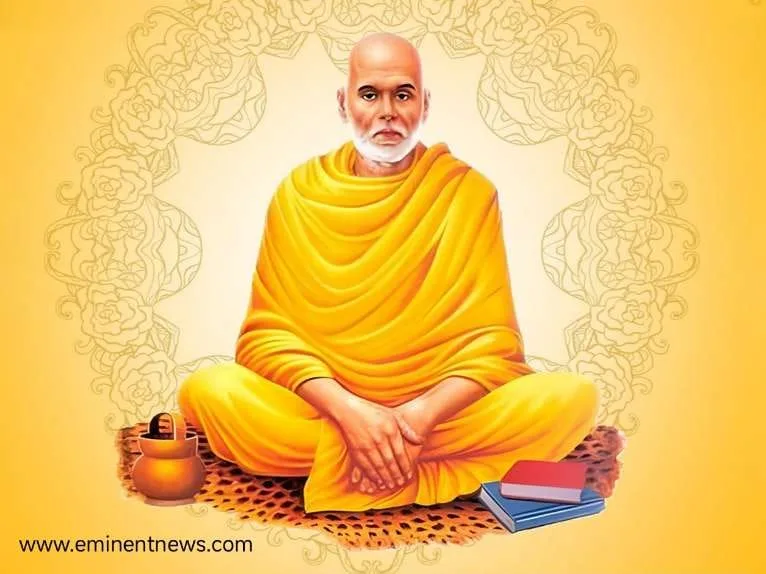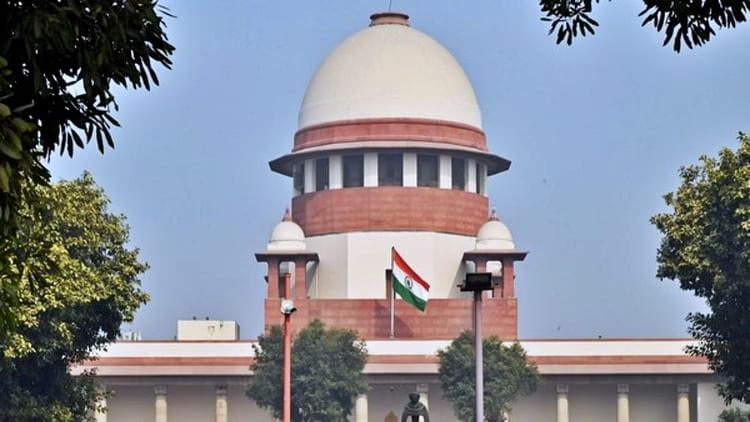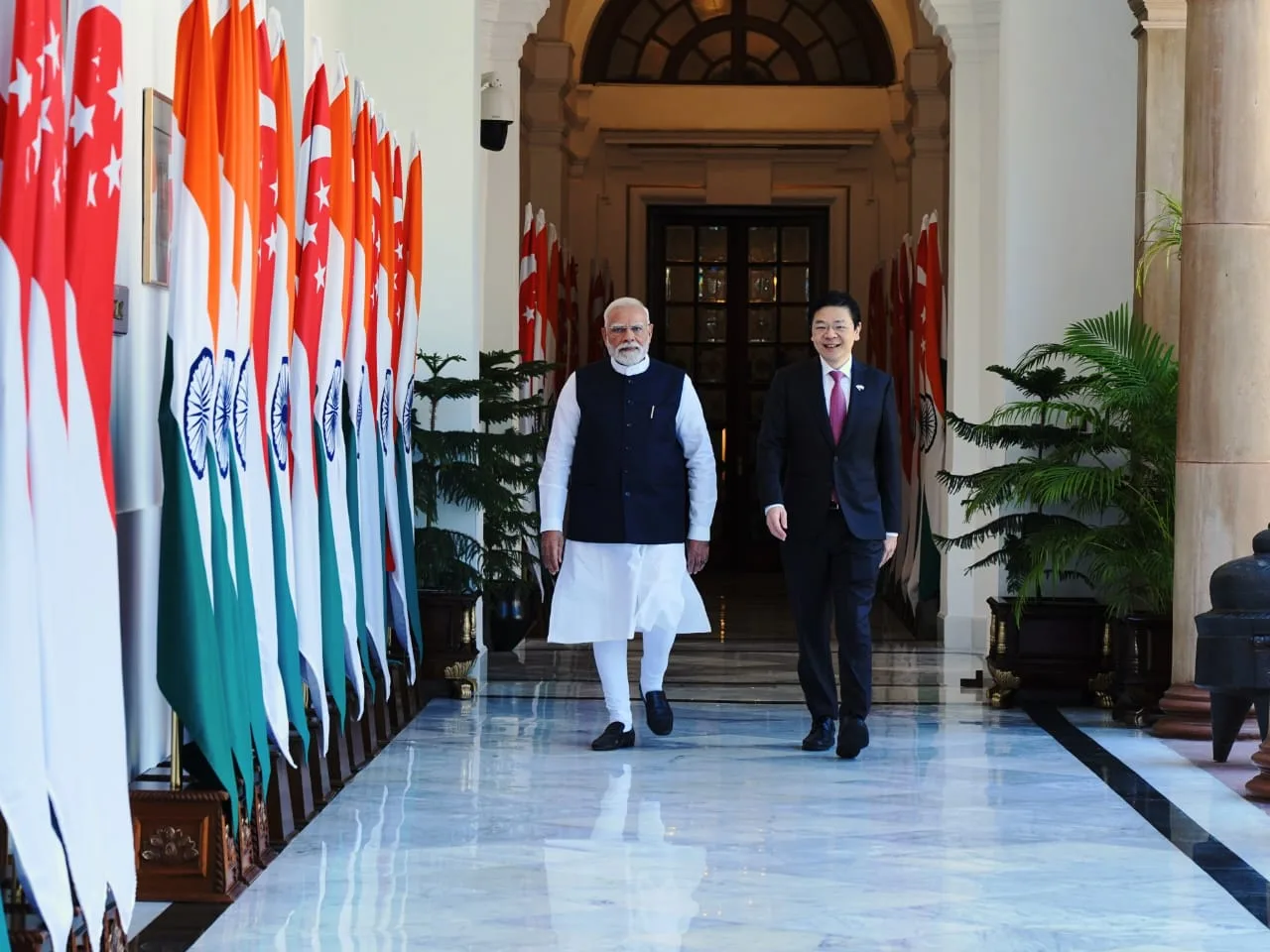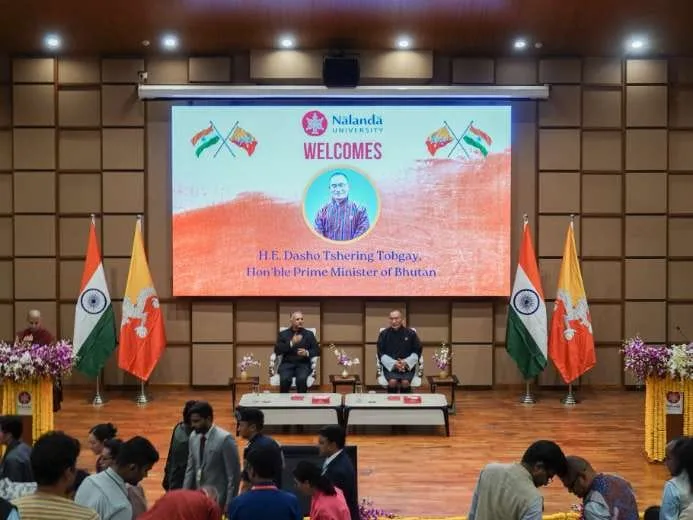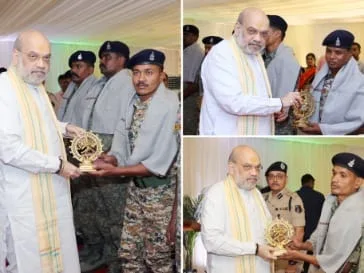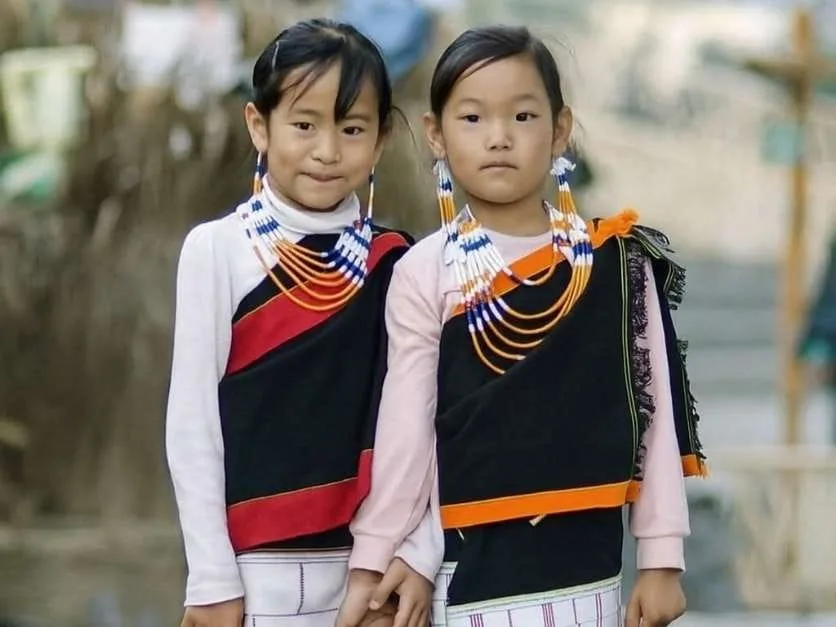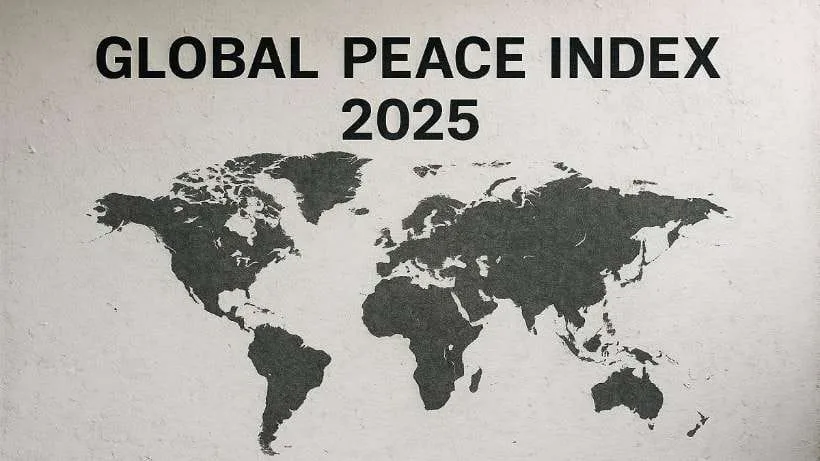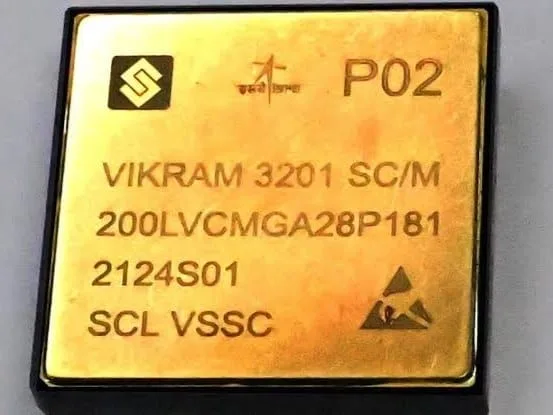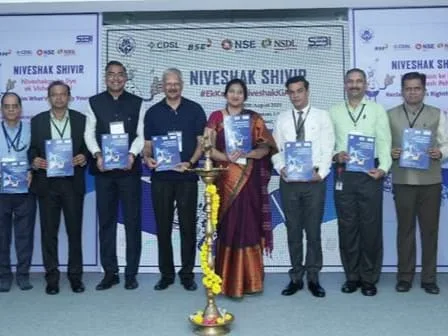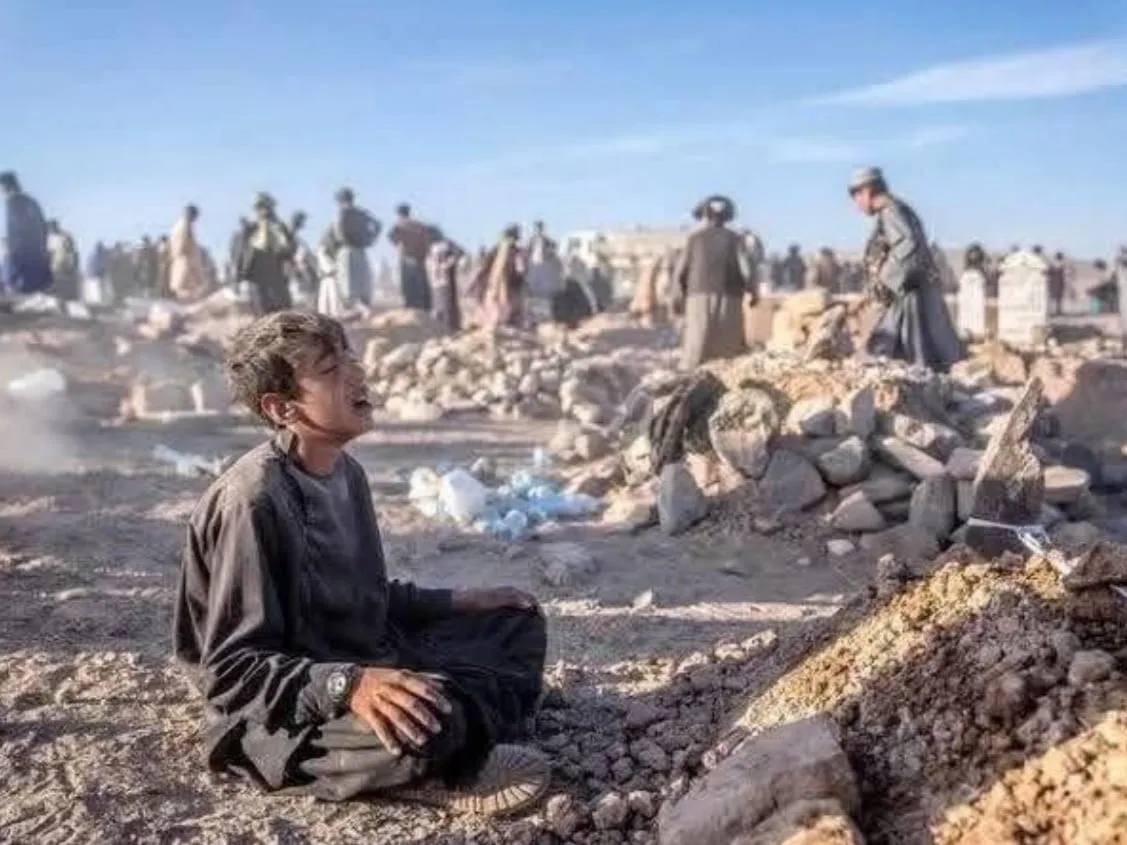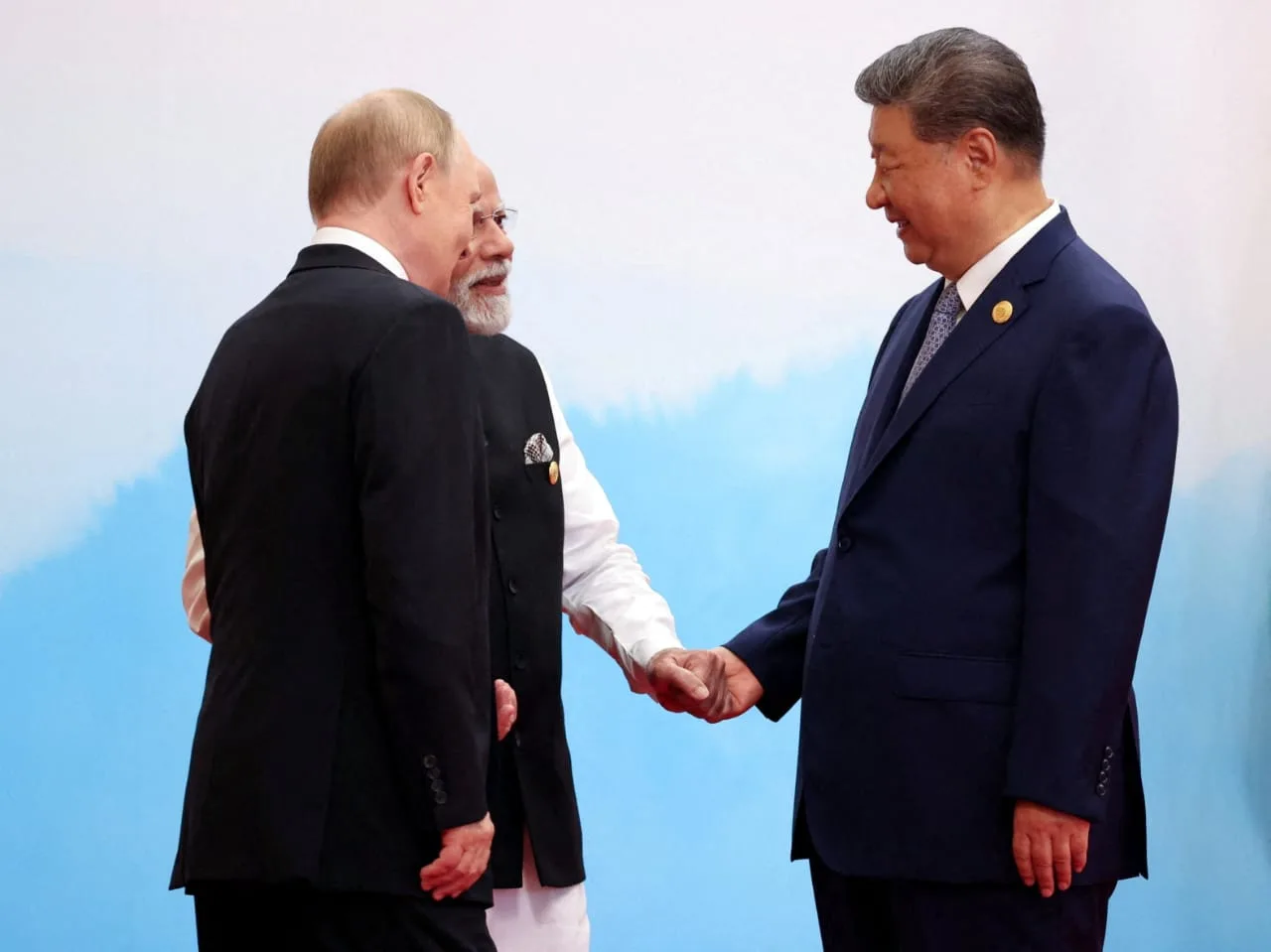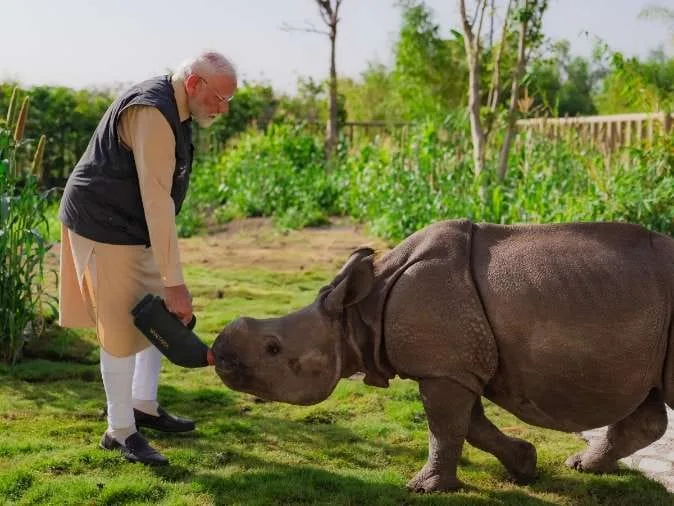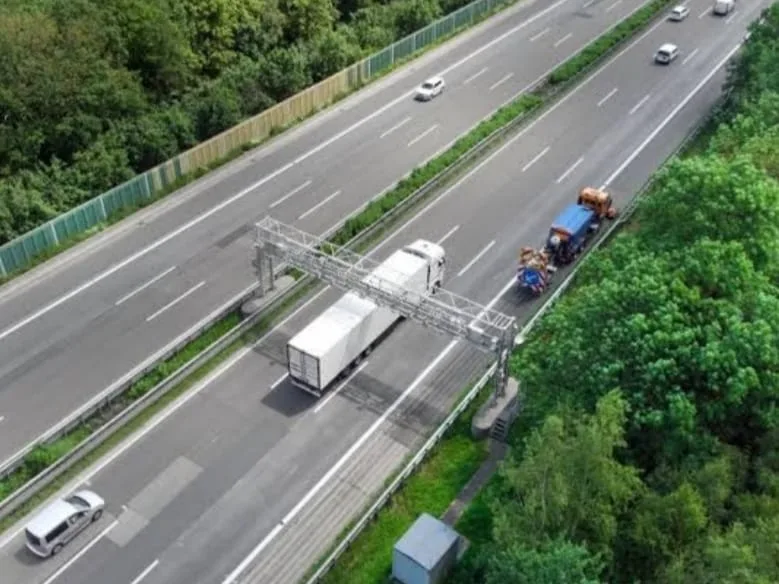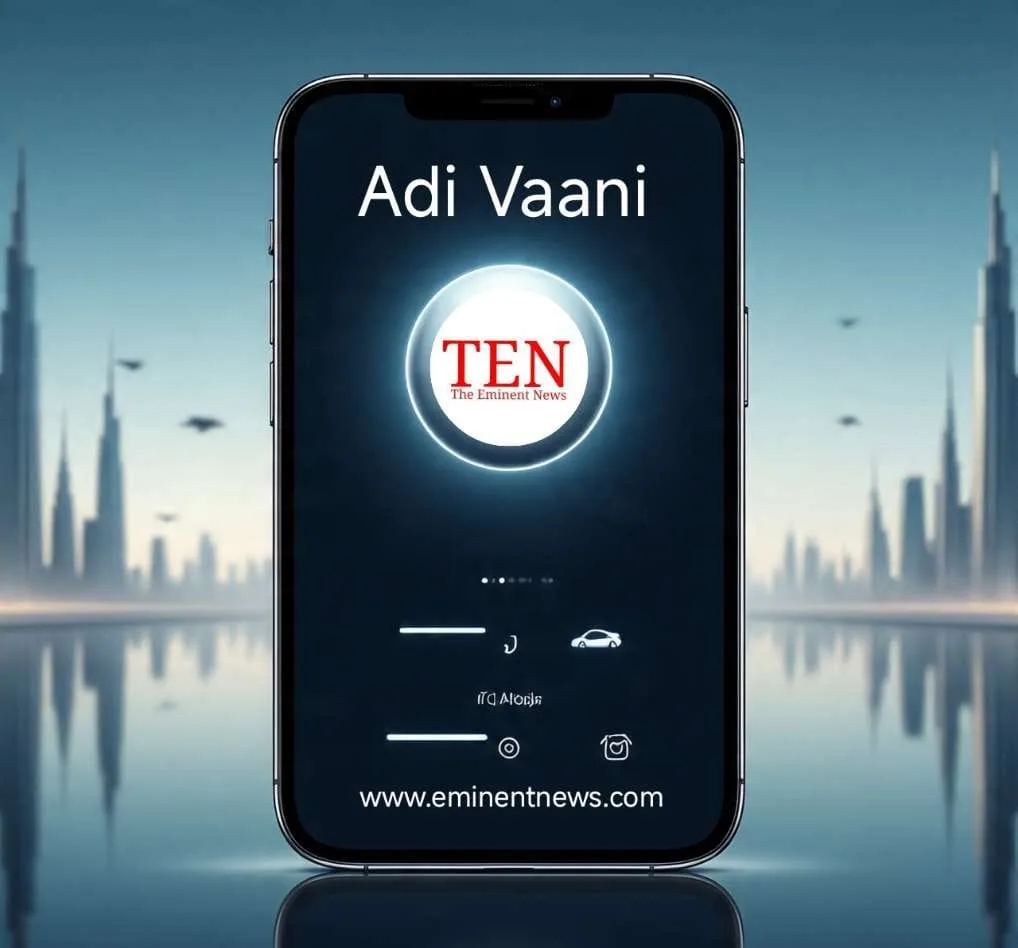Every year, on 15th August, India celebrates Independence Day with great pride and patriotism.
This date holds special significance as it marks the day when India broke free from nearly 200 years of British rule and became a sovereign nation.
It serves as a reminder not only of the victory over colonial oppression but also of the values of unity, sacrifice, and resilience that laid the groundwork for modern India.
The Road to Independence
India’s path to independence is filled with sacrifice, struggles, and a strong sense of national unity. British colonialism began in the 18th century and gradually spread across the majority of Indian kingdoms.
By the mid-19th century, the British East India Company had placed India under foreign rule, exploiting its resources, suppressing its culture, and impoverishing its people.
Indian society faced severe economic exploitation, unfair laws, and the destruction of local industries. Peasants were heavily taxed, famines occurred frequently, and traditional governance systems were disrupted.
However, the Indian people did not quietly accept their subjugation. Early resistance, such as the First War of Independence in 1857, witnessed people from different backgrounds rising against British rule. Although this rebellion was unsuccessful, it sparked the continuous freedom struggle.
Over the years, organized movements emerged against colonial power. The Indian National Congress (INC) was formed in 1885, giving leaders a platform to express the hopes of the public.
Several movements followed—the Swadeshi Movement, Non-Cooperation, Civil Disobedience, and Quit India Movement—each intensifying the demand for full independence.
The Freedom Fighters and Their Legacy
India’s independence was achieved through the efforts of countless freedom fighters who devoted their lives to the cause. Mahatma Gandhi emerged as a guiding figure, advocating for non-violence and Satyagraha. His approach mobilized people from all walks of life through peaceful protests, boycotts, and mass civil disobedience, significantly weakening British control in India.
Other notable leaders like Jawaharlal Nehru, who envisioned a fair and progressive India, Subhas Chandra Bose, whose call for armed resistance inspired the INA (Indian National Army)…
Sardar Vallabhbhai Patel, who played a key role in integrating princely states , Bhagat Singh, whose determination inspired youth Rani Laxmi Bai, Mangal Pandey, Ram Prasad Bismil, Ashfaqulla Khan, and many others each contributed uniquely to the independence movement.
These leaders faced imprisonment, torture, and even death, unwavering in their fight for dignity and freedom. Their bravery and principles continue to motivate future generations.
The Eve of Freedom and Partition
India’s freedom came after years of negotiations, mass movements, and significant global events like World War II. As the British Empire weakened, Indian leaders pressed harder for self-rule. The Mountbatten Plan of 1947 suggested creating two separate countries—India and Pakistan—resulting in one of the largest migrations and humanitarian crises in history.
At midnight on August 15, 1947, Jawaharlal Nehru, India’s first Prime Minister, delivered his famous “Tryst with Destiny” speech. His words inspired every Indian:
“At the stroke of the midnight hour, when the world sleeps, India will awake to life and freedom…”
While the dawn of independence brought joy, it also brought pain and sorrow. The partition caused communal violence, mass displacement, and the tragic loss of millions. Despite these hardships, India showed remarkable resilience, uniting its diverse communities into one nation.
Birth of the Republic
August 15, 1947, signified India’s formal freedom and the emergence of a nation governed by its people. The Constituent Assembly, led by Dr. Rajendra Prasad, committed to building India on the principles of justice, equality, and liberty. The national flag—the Tiranga, designed by Pingali Venkayya—was raised at the Red Fort, symbolizing the nation’s hopes.
In the years that followed, democratic institutions were established, the Constitution was adopted on January 26, 1950 , and India set out on the path of progress and innovation as the world’s largest democracy.
Significance of Independence Day
Independence Day serves as a time to honor the brave freedom fighters whose unwavering spirit and commitment liberated India. Their stories remind us of the strength found in unity and the fight for justice.
National Unity and Patriotism
This day unites people from various states, languages, religions, and backgrounds, enhancing the spirit of national integration. The tricolor flag, the singing of the national anthem “Jana Gana Mana” and collective celebrations evoke feelings of pride and belonging.
Reflection and Renewal
Independence Day is also a moment for reflection on the progress made, challenges ahead, and the responsibilities of every citizen. It encourages individuals to dedicate themselves to the ongoing work of national development, social harmony, and upholding democratic values.
Celebration of Democratic Values
India’s independence was a success for democracy, secularism, and equality. The peaceful transfer of power, the creation of the Constitution, and the establishment of democratic governance are fundamental to India’s identity.
Celebrations Across the Nation
Independence Day is a national holiday celebrated enthusiastically from Kashmir to Kanyakumari. The main event occurs at the Red Fort, Delhi, where the Prime Minister of India raises the national flag and addresses the country. The ceremony includes:
- Singing of the national anthem.
- A 21-gun salute.
- Parades by armed forces and paramilitary groups.
- Cultural performances representing India’s diversity.
- Flower petals dropped from Air Force helicopters over the flag.
Special guests, including sanitation workers, freedom fighters, and students, are invited to pay their respects to the often-overlooked heroes of nation-building.
Public and Community Events
Schools, colleges, offices, and local communities host flag-hoisting events, cultural programs, debates, and competitions. Patriotic songs and dance performances enhance the connection to the motherland. Streets, homes, and markets are decorated with tricolor designs, balloons, and lights. Parades and rallies are organized to honor the sacrifices made by freedom fighters.
Media and Technology
News channels and Doordarshan broadcast live coverage of the ceremonies at the Red Fort. Social media is filled with posts, hashtags, and stories addressing current issues and aspirations for the future. Documentaries, films, and special programs recount India’s journey to freedom.
Thematic Observances
Each Independence Day features a theme reflecting contemporary aspirations and priority areas. For instance, this year’s theme is “Naya Bharat” a vision for a prosperous, self-sufficient India by 2047, as the nation approaches its centennial of independence. The government highlights achievements in science, technology, defense, agriculture, and healthcare.
Independence Day & Its Relevance Today
In the 79 years since 1947, India transformed from a primarily agrarian society to the world’s 4th-largest economy, becoming a leader in technology, space, and medicine. The nation has faced wars, famines, and internal struggles while building infrastructure, strengthening institutions, and promoting inclusivity.
India’s involvement in climate action, peacekeeping, and global diplomacy reflects its development from a colonized nation to a key player on the world stage.
Challenges
Despite this progress, India faces significant challenges—poverty, illiteracy, inequality, unemployment, corruption, communal tensions, and environmental issues. Independence Day serves as a reminder for every citizen to engage with these challenges, participate in nation-building, and pursue the vision of “Viksit Bharat”—a developed, inclusive, and sustainable India.
Social Change and Youth Empowerment
The spirit of Independence Day inspires youth activism, innovation, and responsible citizenship. Young Indians are driving forces for social change, working towards gender equality, a digital transformation, and climate sustainability.
National Projects
Recent years have seen the initiation of significant reforms and national campaigns: Digital India, Make in India, Skill India, Clean India (Swachh Bharat), Atmanirbhar Bharat, and poverty alleviation initiatives. This day serves as an opportunity for government agencies and civil society to recommit to creating equitable opportunities for everyone.
Partition and Its Aftermath
While Independence Day celebrates freedom, it also serves as a reminder of partition—the division between India and Pakistan, leading to communal violence, migration, and suffering. The painful memories of partition—loss, displacement, and familial separation—still impact millions. Acknowledging this history is essential for healing and promoting peace among communities.
National Symbols and Their Meanings
India’s national flag embodies pride, unity, and resilience. Saffron stands for courage and sacrifice, white signifies peace and truth, and green represents faith and fertility. The Ashoka Chakra symbolizes justice and continuous progress.
National Anthem and Emblem
“Jana Gana Mana” serves as a national call for unity, while the emblem—featuring the Lion Capitol of Ashoka , reflects India’s legacy of courage, wisdom, and strength.
Independence Day Worldwide
India’s independence inspired many nations in Asia and Africa to seek their freedom. Leaders across the globe send their wishes to India on August 15, recognizing its achievements and the legacy of Gandhi’s nonviolent movement. Indian embassies around the world celebrate the day with flag-raising ceremonies and cultural events.
Conclusion
Independence Day of India stands as a testament to the dreams of countless individuals …
….who fought for a nation free from oppression, founded on principles of justice, harmony, and human dignity.
The celebrations are not just rituals , they reflect our shared history, hope, and commitment. The day urges every Indian to cherish freedom, honor sacrifices, embrace diversity, and work tirelessly for prosperity and social unity , visit here
As India approaches its centenary of independence in 2047, Independence Day will remain a guiding lightreminding future generations of the struggles that united the nation and inspiring efforts to create a future filled with peace, innovation, and dignity for all.
Link yoursef here to read more essay www.eminentnews.com

